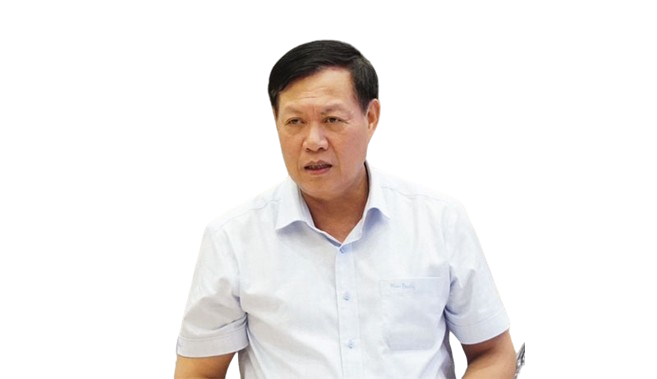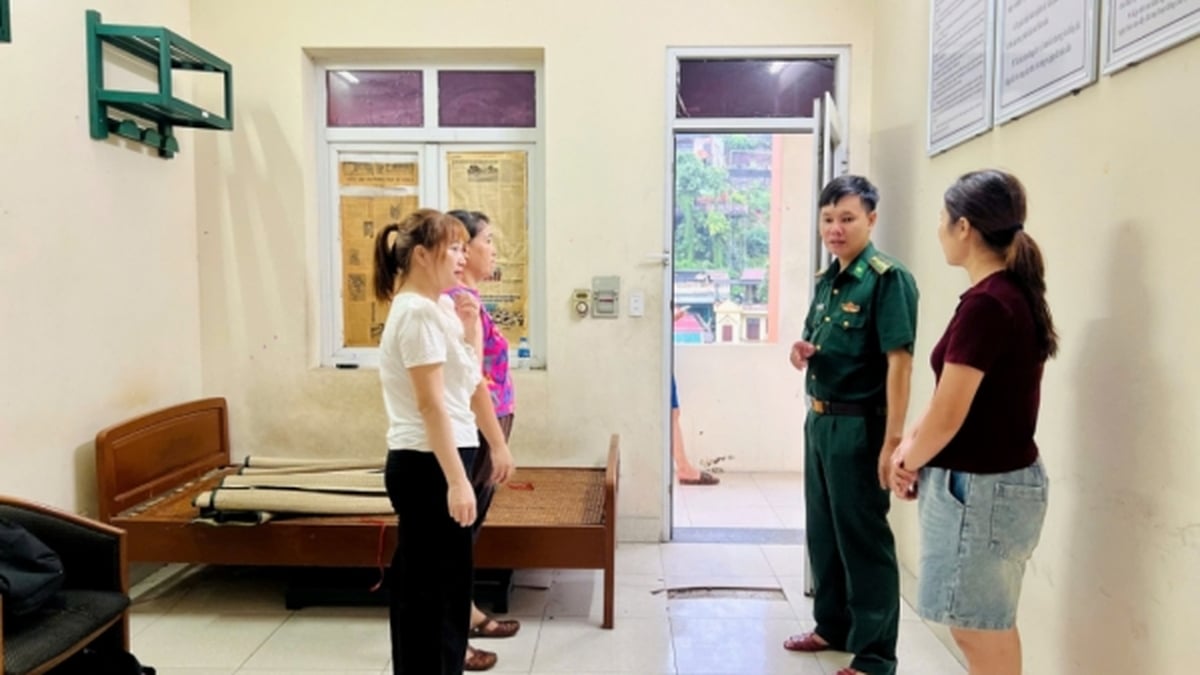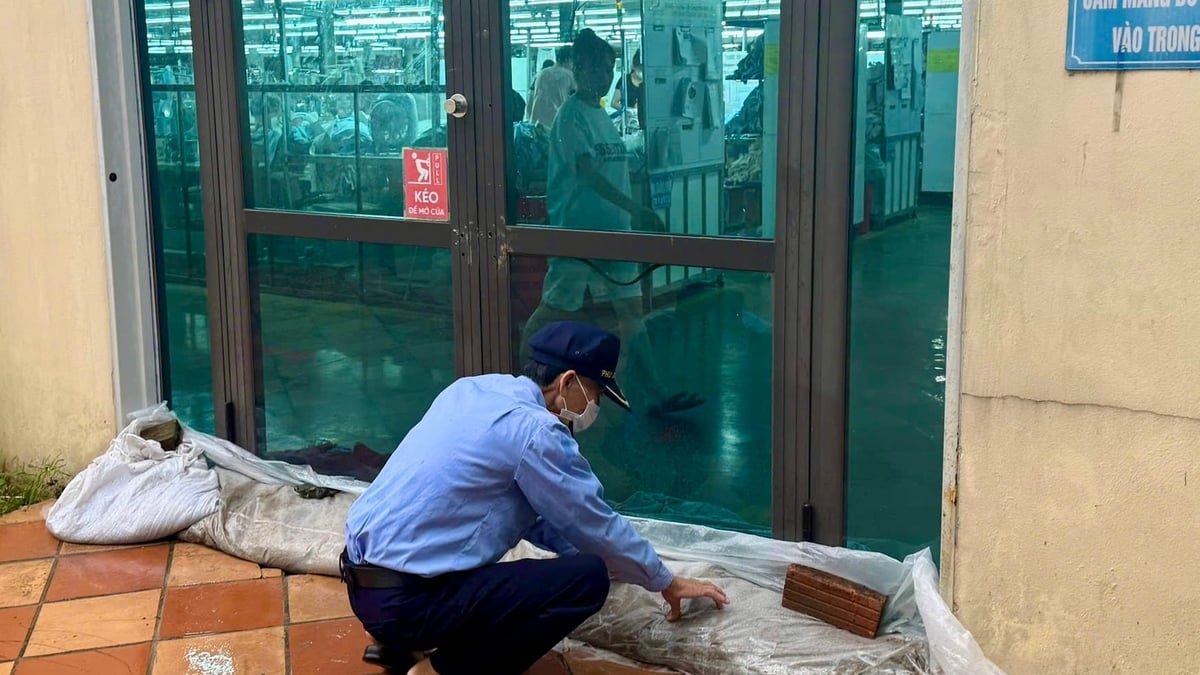Disbursement of public investment in the health sector has not met expectations, despite many efforts. Mr. Do Xuan Tuyen, Deputy Minister of Health, said that the Ministry will deploy solutions to promote the progress of project implementation and disbursement.
 |
| Mr. Do Xuan Tuyen, Deputy Minister of Health |
Sir, what are the results of public investment disbursement in the first months of 2024?
Pursuant to Decision No. 1603/QD-TTg dated December 11, 2023 of the Prime Minister on the allocation of the 2024 state budget investment plan, to date, the Ministry of Health has allocated 56.7% to projects that have completed investment procedures. The remaining funds have not been allocated because some group B projects have exceeded the capital allocation deadline as prescribed; the Ministry of Health has sent documents to the Ministry of Planning and Investment and the Ministry of Finance . The Ministry of Planning and Investment is synthesizing and reporting to competent authorities for permission to extend the capital allocation period.
As of May 20, 2024, the Ministry of Health has disbursed 8.4% of the total capital assigned by the Prime Minister. The Ministry of Health strives to basically disburse all the capital plans assigned by the end of 2024 after transitional projects are allowed to extend the capital allocation period; newly started projects have their budgets approved and projects have their difficulties and obstacles resolved.
Many people believe that public investment in the health sector has not been effective due to many barriers. What is your assessment of this opinion?
Through review, the Ministry of Health found that some current projects have not been effective, and the Ministry of Health is actively implementing solutions to remove difficulties and obstacles due to both objective and subjective reasons.
Objectively, it is the fluctuations of the world political and economic situation that have affected the domestic economy, affecting the supply and price stabilization of raw materials. Institutions on public investment, construction and related documents are not really synchronized, and are being reviewed and completed. The demand for investment capital is very large, while the ability to balance development investment capital from the state budget is still difficult, not meeting the investment needs of medical facilities.
Subjectively, the quality of project preparation is low; project survey and design work is still limited, leading to a number of projects that have been approved for investment policies and investment decisions, but are still not eligible for disbursement due to problems with planning, location, land, site clearance, having to adjust unit prices, estimates, changing or adjusting the project. Site clearance work encountered many difficulties and obstacles, slowing down project progress. Some projects had to adjust the total investment due to increased site clearance costs, affecting capital balance and completing the project on schedule.
To increase the efficiency of public investment disbursement, what solutions will the Ministry of Health have in the coming time?
To increase the efficiency of public investment disbursement, the Ministry of Health will continue to implement solutions to promote the progress of project implementation and disbursement.
Firstly, organize regular meetings with investors to urge disbursement, remove difficulties; implement the project, carry out construction in 3 shifts, 4 teams to soon put the project into use; deploy the work of acceptance of completed volume, payment according to regulations.
Second, continue to direct unit heads and investors to promote a sense of responsibility in leadership, direction, supervision, inspection, and identify disbursement of public investment capital as a key political task associated with annual rewards.
Third, promptly review and immediately handle difficulties and obstacles in implementation to increase disbursement of public investment capital; commit to disbursing capital and capital that may not be disbursed to transfer to other projects that can be disbursed.
Fourth, coordinate with localities in resolving problems related to site clearance for projects.
Fifth, organize inspection and supervision of investment in projects to urge implementation progress and remove difficulties and obstacles in the implementation process.
Can you tell us about the lessons learned from countries in the region and the world in effectively disbursing public investment, contributing to the sustainable development of the health sector?
In recent times, countries in the region and the world have implemented a number of policies on public investment management to create a foundation and driving force to increase public investment disbursement.
Specifically, Japan deploys cost-benefit analysis methods to assess the effectiveness of public investment projects; standardizes and publicizes appraisal processes and methods to ensure transparency;.
Meanwhile, China has enacted the State Budget Law, Procurement Law, Development Planning Law, and Planning and Budget Law to manage government spending, focusing on social welfare projects and public infrastructure to increase efficiency and promote the leading role of public investment in leading social investment, especially in disadvantaged and underdeveloped areas.
In Korea, the country established a public and private investment management center to conduct pre-feasibility studies for large-scale public investment projects and established an inter-ministerial task force to address public investment issues.
The United States is undertaking a large-scale public investment program in infrastructure.
Meanwhile, the UK increased public investment resources for research and development of medical and biological technology.
From the experiences of other countries, what lessons can the Ministry of Health draw in disbursing public investment capital, sir?
First of all, prioritize allocating the state budget to invest in primary health care, preventive health care, health care in disadvantaged areas, regional testing facilities, medical research institutes, leprosy hospitals, and mental hospitals.
Second, promote digital transformation, promote the role of information technology in managing and operating public investment projects, including projects in the health sector.
Third, seriously and drastically implement solutions to promote disbursement of public investment capital proposed by the Government and the Prime Minister at the beginning of the year; promptly put key medical projects and works into operation and use; contribute to achieving socio-economic growth targets.
Fourth, review and propose to improve mechanisms, policies, and regulations of laws on public investment and related laws to promptly remove difficulties and obstacles and improve investment efficiency.
Fifth, improve quality right from the survey and project planning stages to avoid having to edit the project many times.
Sixth, strengthen inspection, supervision and strict handling of violations; strictly control the goals and efficiency of investment capital use to ensure fairness, publicity and transparency; prevent and combat corruption and group interests.
Source: https://baodautu.vn/giai-phap-thuc-day-giai-ngan-dau-tu-cong-nganh-y-te-d217964.html
























![[Photo] National Assembly Chairman Tran Thanh Man visits Vietnamese Heroic Mother Ta Thi Tran](https://vphoto.vietnam.vn/thumb/1200x675/vietnam/resource/IMAGE/2025/7/20/765c0bd057dd44ad83ab89fe0255b783)













































































Comment (0)